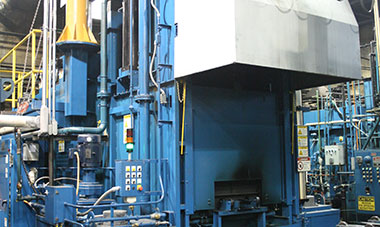
Many processes exist to change the properties of steel tools. These include tempering steel, oil quenching, precipitation hardening, and more. When it comes to durability, metal case hardening is one of the most efficient methods.
What Is Metal Case Hardening?
Metal case hardening – often referred to as surface hardening – is a heat treatment process where the chemical properties of the steel’s surface are changed and hardened by adding a thin layer of carbon or nitrogen-enriched surface to the parts. Hardening the steel’s surface helps to extend the life of the steel by making it more resistant to abrasion and direct impacts.
The steel underneath the hardened layer (inner core) remains minimally changed by the heat treatment process. This inner core is more ductile, or ‘softer,’ than the hardened surface layer. Not only does case hardening improve the wear resistance of the steel’s surface, but it also dramatically improves the strength of the steel by helping it attain its maximum durability.
Hardening Methods
Before taking a look at the benefits, let’s take a moment to consider the various ways your steel can be hardened.
Carburizing (Infusion of Carbon)
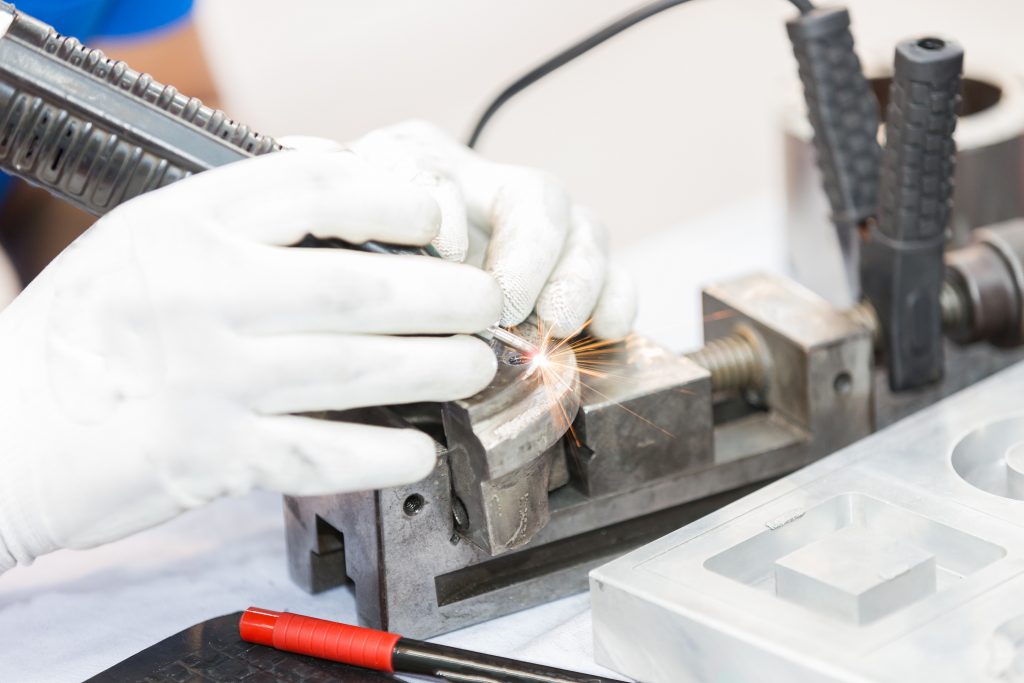
In carburizing, the surface hardness of the steel is increased by adding carbon to the component. The component that requires hardening is heated and exposed to a carbon environment. The carbon penetrates the surface of the metal and strengthens it.
This process must be carried out in a controlled environment to prevent oxygen from being present in the process which changes the outcome of the metal hardening. Partial vacuum processes shorten the time involved and provide a few economic advantages of case hardening.
Gas Nitriding (Using Nitrogen-Rich Gas)
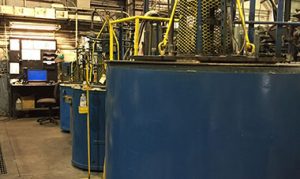
In this process, the material is heated and then exposed to atomic nitrogen, which can penetrate the steel or iron. Atomic nitrogen reacts with the metal to increase its hardness and resistance. This process offers a high degree of hardness, but cannot be used with all of the alloy steels.
Following this process, there may additional manufacturing costs in the form of a grinding process to remove the thin white layer which forms on the surface. However, there are typically no other heat processes which follow nitriding, which means less deformation to the object.
Advantages of Case Hardening
The overall benefits of case hardening include:
- Increases Steel’s Strength & Durability
- Improves Wear-Resistance of Steel
- Increases Impact-Resistance & Toughness of Steel
- Extends Lifetime of Steel
- Makes Steel Easier to Weld
What Types of Metal Can Be Case Hardened?
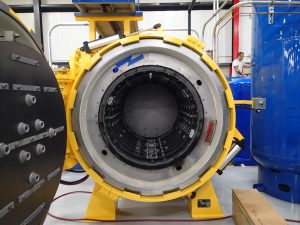
- Stainless Steels
- Cast Iron
- Low- & High-Carbon Steels
- Tool Steels
- Low-Alloy Steels
Low-alloy and low-carbon steel react best during the case hardening process. High-carbon steels can be case hardened, but special steps need to be adhered to in order to ensure the hardening process doesn’t affect the inner core.
Applications for Case Hardened Steel
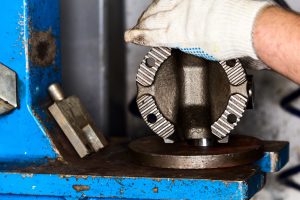
Metal case hardening has multiple industrial applications. For instance, in the automotive and rail industry, gears, bearings, driveshafts, pistons, engines, and gearboxes, are all typically case hardened. Not only does case hardening protect the mating surfaces (teeth) of these components during contact, but it also provides protection against sudden shock loads while helping to extend fatigue life.
In the aerospace industry, where companies must adhere to stringent accreditations and certifications, everything from cylinders, bearings, valves, engine blades, and landing gear requires case hardening. In fact, SST is the only commercially-approved heat treatment company in the United States for certain flight-critical components.
Ultimately, metal case hardening can be done on everything from small pins and gears to extremely large wind turbines.
Find Out What Else Case Hardening Can Do for You
Whether you want to harden small steel tools or need to improve the durability of large, complex machinery, SST has the experience to get the job done. Contact us at (586) 293-5355 for more information or to request a quote.

